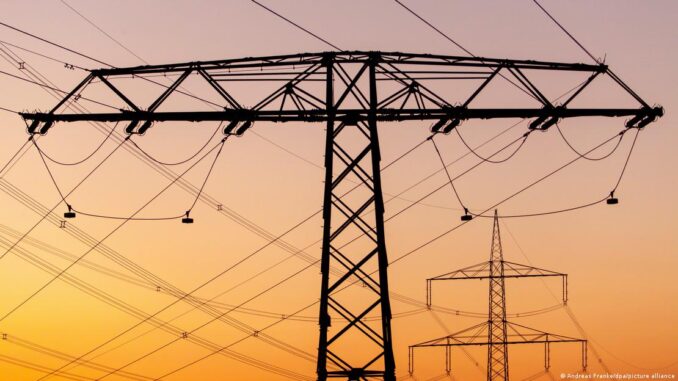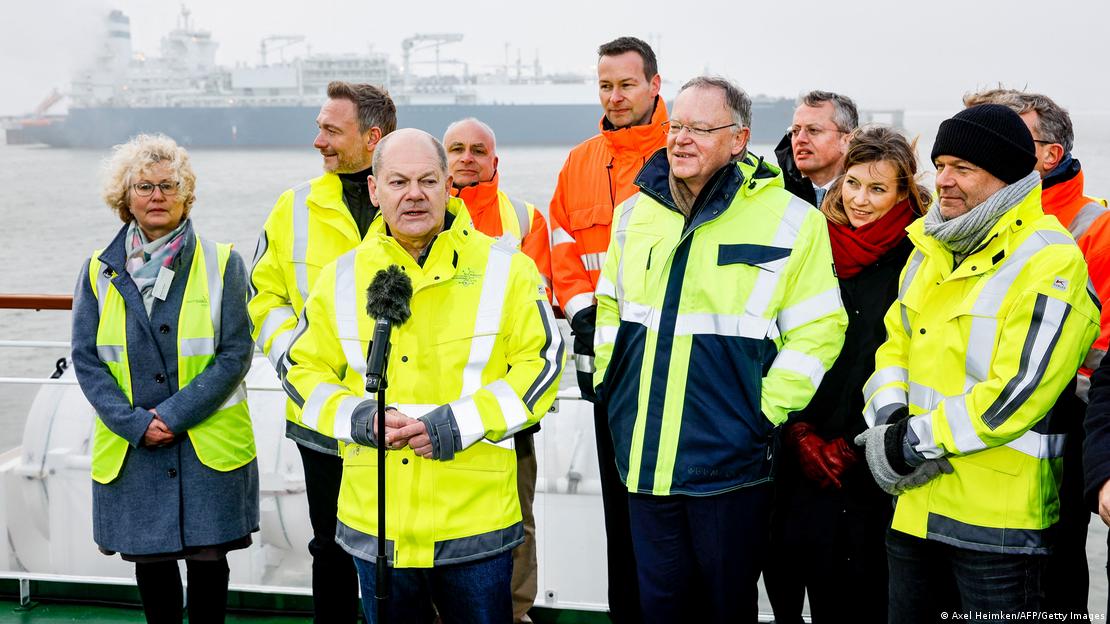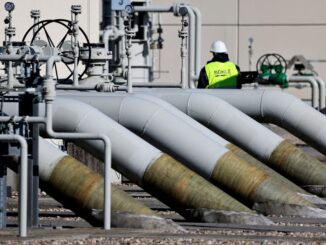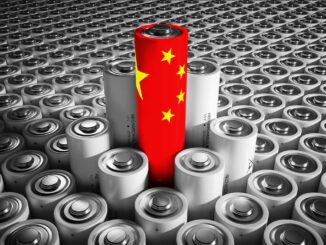
German Chancellor Olaf Scholz seems optimistic that his governing coalition — comprising his center-left Social Democrats, the Greens and neoliberal Free Democrats — will push ahead with the country’s energy transition. He remains optimistic despite Germany’s budget problems, despite growing bureaucratic challenges and a mood of despondency prevalent among large parts of German society.
“If we manage to achieve what we have set out to do, and I am confident that we will, then we will break with 200 years of industrial tradition and prosperity built on coal, gas and oil,” said Scholz, speaking in Potsdam last Monday.
Currently, around 30% of German electricity is still generated by burning coal and gas. Wind turbines, meanwhile, generate almost half of the country’s power. The government aims to shift to fully climate-neutral electricity production primarily by establishing large wind farms far out in the North and Baltic Sea.
So far, some 1,500 turbines — up 300 meters (nearly 1,000 feet) tall — have already been installed out at sea, where they can rely on strong and continuous wind. Taken together, they supply around 8.5 gigawatts of electricity. The plan is to increase the power output to 30 gigawatts by 2030.
Overly ambitious targets?
To reach this goal, Germany will have to quadruple the amount of power generated by wind turbines in just six years. Wind industry representatives, however, have warned that this could be difficult.
According to the German Wind Energy Association, only 27 new wind turbines were connected to the power grid in 2023. And several trade associations warned in a joint statement that “In order to achieve the statutory expansion targets, the expansion [of wind energy] must increase drastically by 2030.”
In a recent letter, Germany’s Federal Maritime and Hydrographic Agency warned that establishing certain North Sea grid connections could be delayed by up to two years due to converter construction bottlenecks.
Seaports key to meeting infrastructure challenges
Producing electricity through offshore wind farms is one thing, but transporting said electricity to shore through huge power cables is quite another. And so, too, is installing the large converters that turn alternating into direct current so that the electricity can be sent from northern Germany to the country’s industrial heartland in the south and west.
Experts estimate that an area equivalent to the size of 270 soccer fields will soon have to be made available in German ports to grow the wind power sector.
“Seaports are key offshore wind energy hubs,” said Karina Würtz, managing director of the Offshore Wind Energy Foundation. She added that they are crucial for constructing and dismantling wind farms, act as service ports for operation and maintenance and as storage and production sites.
Germany lagging behind Netherlands, Denmark
Würtz pointed out that neighboring countries like the Netherlands and Denmark have been much faster and more effective at building out their wind infrastructure.
“While the Dutch and Danish ports of Eemshaven and Esbjerg have strongly focused on the offshore wind sector in recent years and taken large market shares from German ports, the latter have increasingly turned to other business areas,” she said.

Competition is fierce in the industry, with specialist converter construction companies, for example, in high demand. This is because many countries including Germany now want to grow their offshore wind power sector. Greenpeace, meanwhile, has said the German government is setting the wrong priorities, for example by investing a lot of money in liquefied natural gas(LNG) terminals.
“Instead of building completely unnecessary LNG terminals at a dizzying speed, Olaf Scholz should concentrate on setting up offshore wind farms […] to make up for delays as soon as possible,” Martin Kaiser, an energy and climate expert at Greenpeace, told DW.
Kaiser said it was unacceptable that Germany’s lack of converter stations and the chancellor’s misplaced priorities meant Germany was failing to meet its renewable energy targets. The government built the LNG terminals after Russia’s invasion of Ukraine in early 2022 brought the flow of Russian gas into Germany to an end, forcing the country to import gas from several different countries instead.
Yet the government lacks the funds to grow its offshore wind sector, as it would need to take out fresh loans. This, however, is strictly prohibited by law.
Establishing a special fund to support the sector — akin to Germany’s special armed forces fund — would be a possibility. German Economy Minister Robert Habeck of the Greens, also in charge of the climate portfolio, suggested setting up such a fund in the Bundestag last week to grow the wind power sector and tackle other issues.
Habeck’s proposal, however, was immediately rejected by the opposition and also his coalition partner, the neoliberal Free Democrats.
This article was originally written in German




